Summary of climate disasters on the planet from June 11 to 17, 2025
We are increasingly witnessing what once seemed impossible.
Half-meter-deep hail rivers in Spain. A tragedy involving tourists in Türkiye’s skies. Unusual behavior of a typhoon in Asia.
In Russia, storms have reached a new level—winds have gained the strength of tropical hurricanes. In the U.S., torrents of water are sweeping away cars with people inside, resulting in over a dozen fatalities.
What is triggering this series of natural anomalies? This article covers the most dramatic events from the past week, June 11–17, 2025, and explores the underlying causes, which are not being discussed officially.
Spain
Since June 13, powerful storms with heavy rain and hail have struck the provinces of Zaragoza and Teruel in northeastern Spain. In the municipality of Zaragoza, up to 35 l/m² of precipitation fell.
The downpour caused interruptions in electricity and water supply in the affected cities of the region: Azuara, Moyuela, Letux, Herrera de los Navarros, Villar de los Navarros, Azaila, and Vinaceite.
A sudden river overflow turned the streets of Azuara into raging torrents. The water rose so quickly that people barely managed to escape to the roofs of their houses. Some families, especially with children and elderly people, became trapped in their own homes, from where they were evacuated by rescuers.
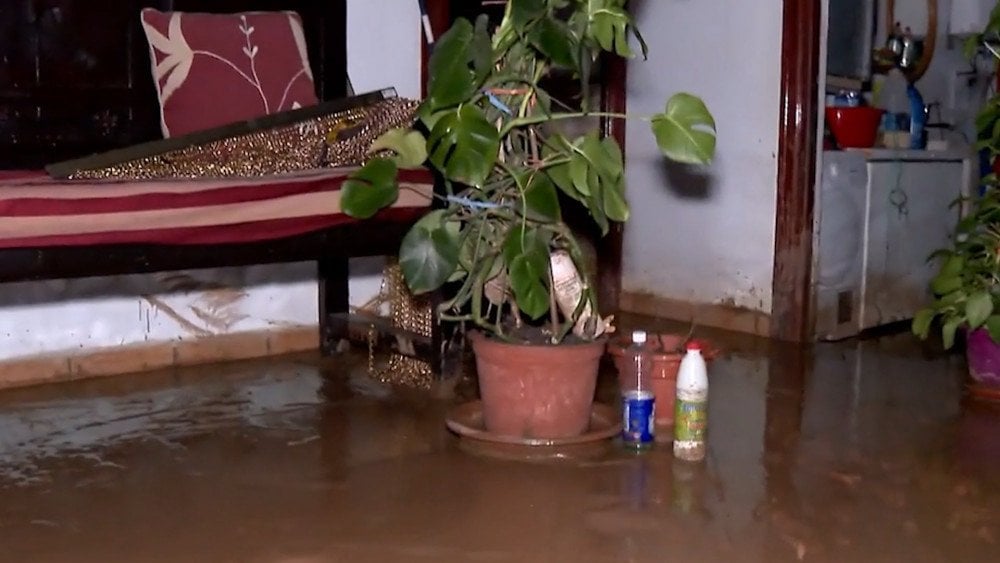
Powerful downpours led to the flooding of residential houses in Spain
In a medical center, a doctor was trapped alone inside the building, in the dark, neck-deep in water, for three hours. A nurse, who found herself in a room flooded almost to the ceiling, unsuccessfully tried to break the glass to get outside. Fortunately, firefighters arrived in time.
Even days later, some streets in Azuara remained nearly impassable, and repairs to bridges and roads damaged by storms and heavy rains are expected to take up to six months and cost approximately six million euros ($6.5 million), according to Octavio López, the Minister of Public Works for the Government of Aragón.
On June 15, the severe weather hit the province of Albacete in southeastern Spain.
According to the Spanish State Meteorological Agency (AEMET), the municipality of La Roda received 3.5 times its monthly average rainfall in just 15 minutes, totaling 70 mm (2.75 in) of precipitation (the average monthly norm for June is 22.6 mm (0.89 in)).
The downpours were accompanied by heavy hail, in places up to 7 cm (2.8 in) in size. The streets were filled with hail rivers up to 50 cm (19.7 in) deep, which easily swept away cars and garbage containers.
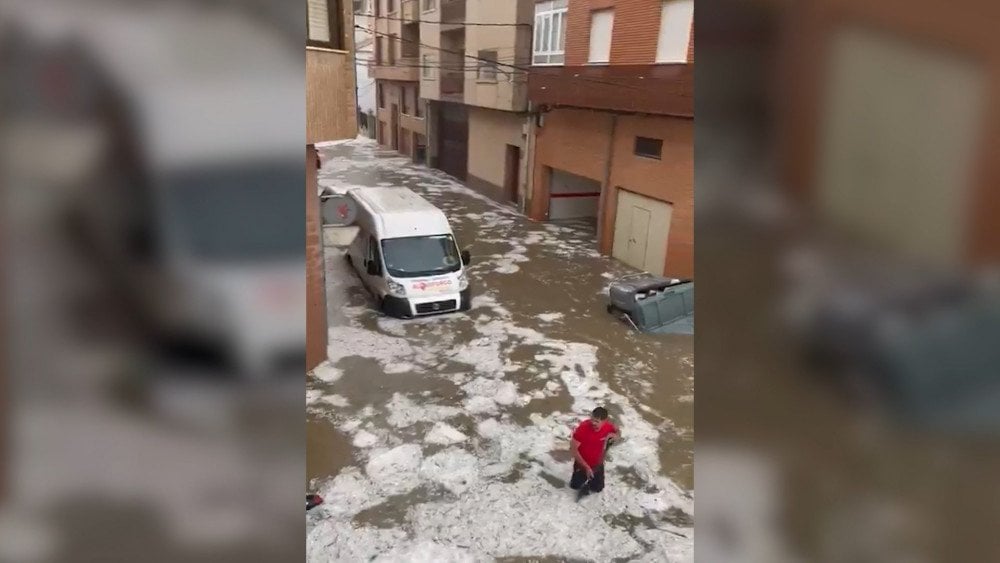
Heavy rain with hail flooded city streets in the municipality of La Roda, province of Albacete, Spain
Hundreds of kilograms of ice damaged residential houses, city infrastructure, and clogged sewage pipes. Many agricultural crops also suffered, including cereals, grapes, and almonds.
Türkiye
On the morning of June 15, an incident occurred in the Turkish province of Aksaray: two hot air balloons that took off from the Ihlara Valley—one of Türkiye’s most famous and popular tourist areas—lost control and crashed to the ground one after another.
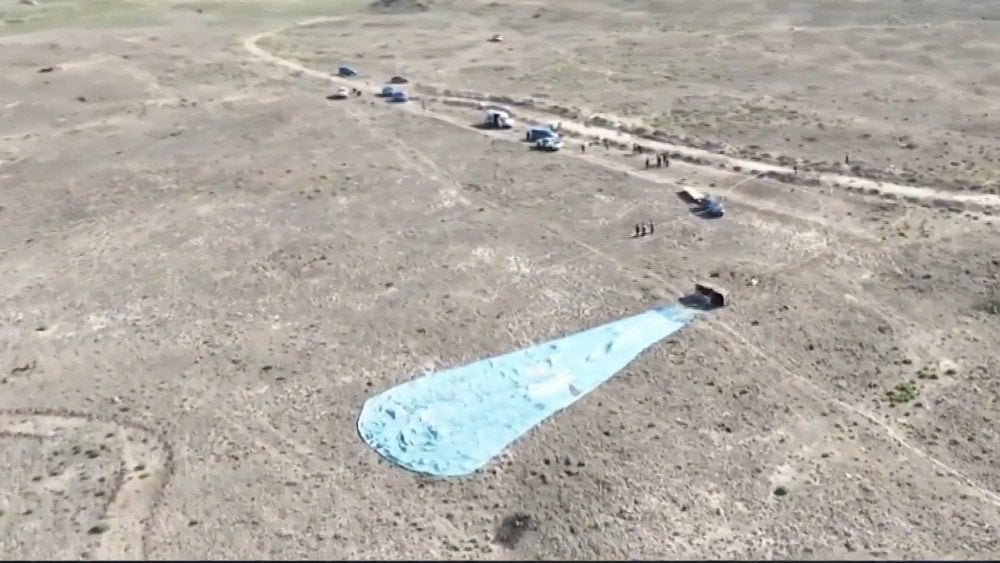
A hot air balloon carrying tourists lost control and crashed to the ground, province of Aksaray, Türkiye
According to eyewitnesses, the balloons first began to shake in the air, then suddenly lost altitude and uncontrollably crashed to the ground.
The first accident occurred near the village of Gozlukuyu. As a result of the hard landing, the pilot died at the scene, and 19 passengers were injured, two of them seriously.
As a result of the second accident, which happened near the village of Belisırma, 12 tourists sustained minor injuries.
According to the Aksaray Governor’s Office, the preliminary cause of the accidents was a sudden change in weather conditions and an increase in wind speed.
Due to the tragedy, all hot air balloon flights in the region have been temporarily suspended, and the festival planned for the end of June has been postponed.
USA
On the night of June 12, central Texas in the USA was hit by torrential rains, causing one of the most destructive floods in recent decades.
The main impact of the disaster fell on San Antonio—one of the largest cities in Texas. Here, 150 mm (5.9 in) of precipitation fell within a few hours (with an average monthly norm for June of 79.3 mm (3.1 in)), with nearly 100 mm (3.9 in) falling in just one hour.
The situation was especially critical in the northeast of the city. Here the water level in the San Antonio River rose rapidly—from 1 m (3.3 ft) to 7.6 m (24.9 ft) in 2 hours, which is comparable to the speed of flooding during tropical hurricanes.
Floodwaters swept away cars. Ten people were found clinging to trees 1.5 km (0.9 mi) from the place where they had been carried away by the current. Thirteen people died—most of them were unable to escape from their vehicles, overtaken by the powerful flow.
In neighboring counties, there was also large-scale flooding, resulting in the closure of dozens of roads, bridges, and crossings.
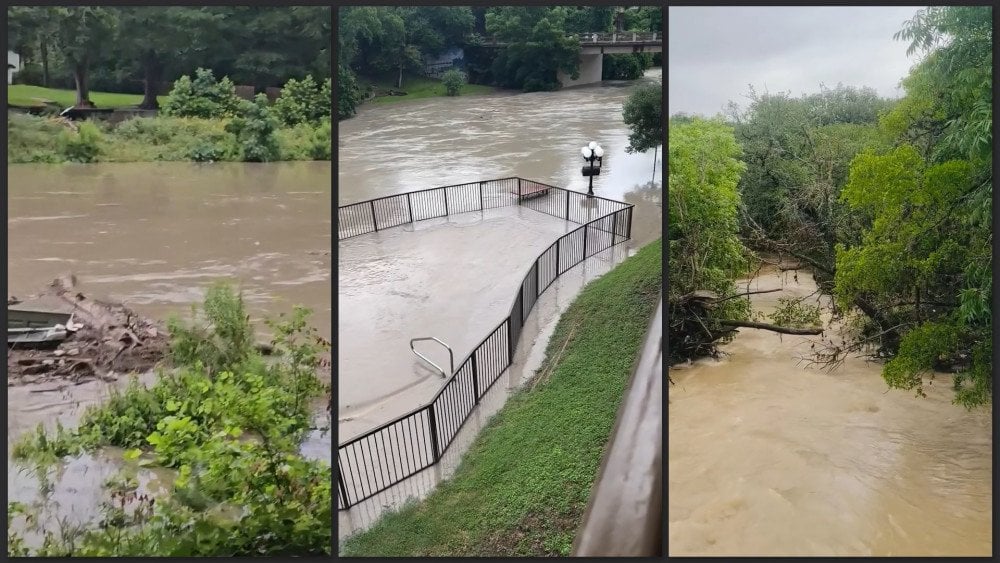
Destructive flood claiming human lives, state of Texas, USA
The downpours were accompanied by severe thunderstorms and tornadoes.
Russia
On June 11, a powerful storm with heavy rain, hail, and winds up to 25 m/s (90 km/h or 56 mph) struck the Beryozovsky District of Tyumen Oblast. The settlement of Beryozovo was especially affected. Just about ten minutes of the disaster’s fury led to damage to houses, administrative buildings, downed trees, and destroyed playgrounds. A child was injured by a metal sheet torn from a roof.
Local residents note that in their entire lives they had never seen such a powerful storm here.
On June 12, regions in southern Russia were overtaken by severe weather. The Stavropol and Krasnodar Krais and the republics of the North Caucasus were affected.
In the Chechen Republic and Dagestan hurricane-force winds reached 40 m/s (144 km/h or 89 mph). More than 100 settlements were left without electricity. The roofs of buildings, trees, and advertising billboards could not withstand the violent storm.
In the city of Kaspiysk, Republic of Dagestan, the stage at the Anzhi Arena stadium collapsed.
In Shali, Chechen Republic, walls brought down by the wind led to the deaths of three people, with two more injured.
In Ingushetia, winds up to 35 m/s (126 km/h or 78 mph) damaged power lines and the roofs of schools, hospitals, and residential houses. 10,000 homes were left without power. Almost 2,000 ha (4,942 acres) of crops were destroyed.

Wind gusts tore the roof off an apartment building in the Republic of Ingushetia, Russia
Part of the city of Vladikavkaz lost access to hot water due to the shutdown of boiler plants during the storm.
Hail the size of chicken eggs fell in the cities of Baksan and Chegem in the Kabardino-Balkarian Republic.
In Stavropol Krai, the streets of Stavropol and Kislovodsk turned into raging streams—some cars were submerged.
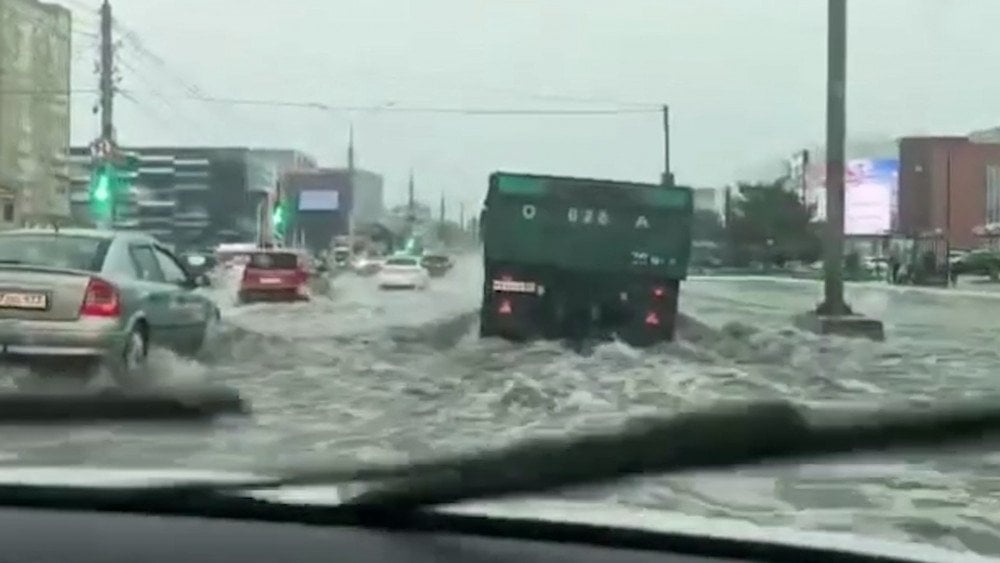
Heavy rains flooded the streets of Stavropol—city roads turned into rivers, Russia
In Yessentuki, eight electrical substations failed due to the downpour—several districts were left without power.
In Krasnodar Krai, hail fell in the Ust-Labinsky, Seversky, Krymsky, Labinsky, and Mostovsky districts. The stanitsa of Stavropolskaya was especially affected, where hailstones the size of a tennis ball fell from the sky. According to eyewitnesses, ice chunks broke tree branches and destroyed vegetable gardens.
A few days later, on June 15–16, severe weather hit the Black Sea coast.
In Anapa, large hail with a diameter of up to 3 cm (1.2 in) damaged orchards and vegetable gardens.
In Novorossiysk, a downpour flooded the roads.
Sochi suffered the most. In the settlement of Kichmay on June 15, more than a month’s worth of precipitation fell—106.6 mm (4.2 in) (the average monthly norm is 106 mm (4.2 in)).
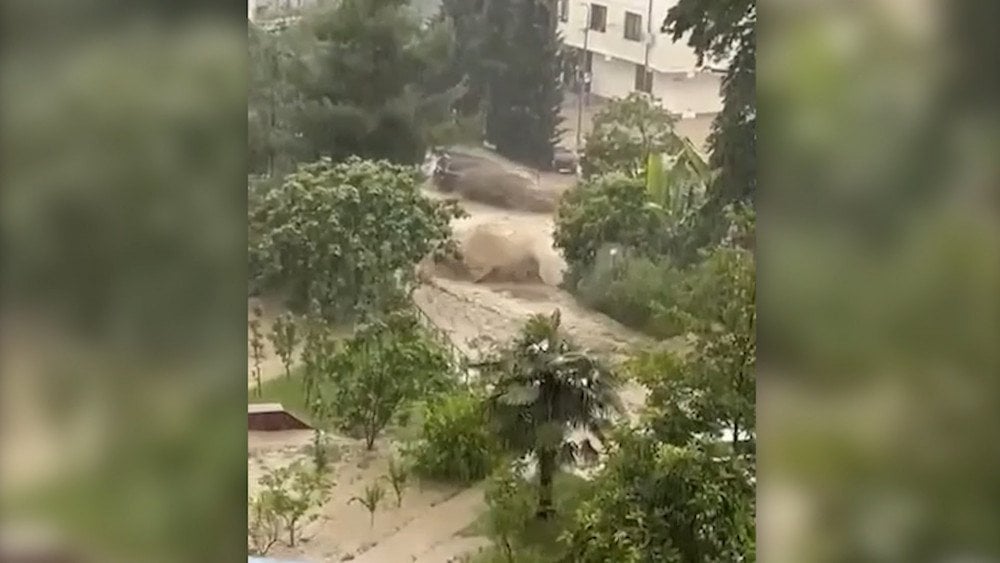
Torrential rains flooded Sochi, turning the resort city into a disaster zone, Russia
At the peak of the tourist season, beaches were closed. In some parts of the city, the water rose almost 2 m (6.6 ft)—the current swept away cars, and houses and shops were flooded.
A landslide occurred near the descent from the Mamaysky Pass—the road was blocked by huge boulders and trees.
In the settlement of Dagomys, due to torrential rains, the Ira River overflowed its banks and flooded a section of the federal highway A-147 Dzhubga—Sochi, resulting in multi-kilometer traffic jams.
On June 16, in the mountains, at the Rosa Khutor resort, snow fell, and the temperature dropped to 0 °C (32 °F).
On the same day in Khabarovsk Krai, in the Komsolomsky, Solnechny, and Imeni Poliny Osipenko districts, there was a powerful hailstorm.
In the village of Galichnoye, hailstones larger than chicken eggs damaged homes, greenhouses, and vehicles, and destroyed crops. The ground was covered with a layer of ice up to 15 cm (6 in) thick, and people were clearing the streets with shovels. Eyewitnesses say that severe weather of this strength hasn’t occurred in over 50 years.

Large hail fell in Khabarovsk Krai, Russia
At the same time that many regions of the country were suffering from abnormal downpours, in 10 districts of Rostov Oblast—Azovsky, Belokalitvinsky, Verkhnedonsky, Veselovsky, Zernogradsky, Oktyabrsky, Semikarakorsky, Salsky, Tsimlyansky, and Chertkovsky—a state of emergency was declared due to drought.
More than 500,000 ha (1,235,500 acres) of crops were affected. Of these, more than 60,000 ha (148,000 acres) were completely lost.
Democratic Republic of the Congo
On the night of June 14, Kinshasa, the capital of the Democratic Republic of the Congo, was hit by a powerful downpour, which came as a complete surprise to residents, since the rainy season in the country had already ended and the dry season had begun.
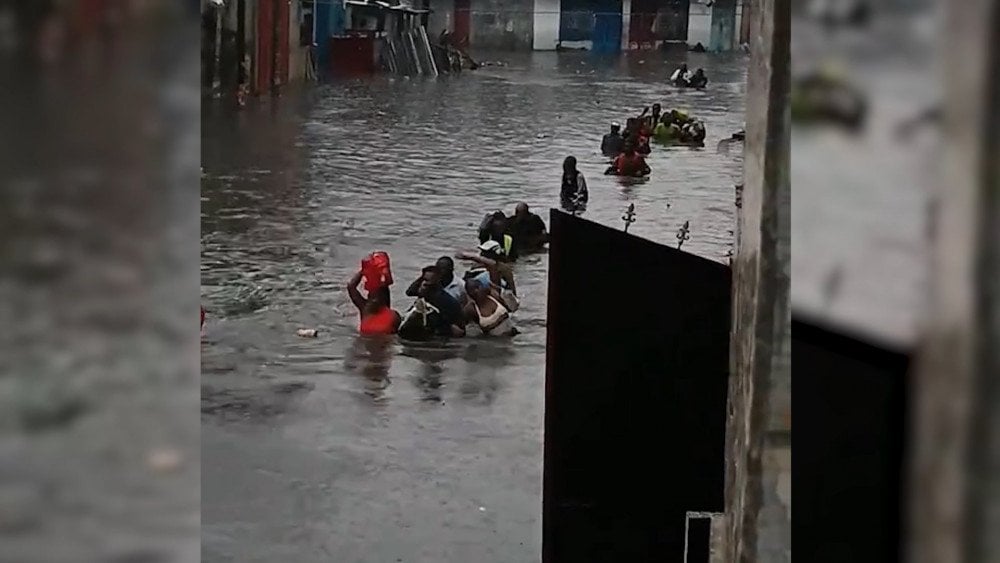
Catastrophic flood inundated the city of Kinshasa, DR Congo
In just six hours, 90 mm (3.5 in) of precipitation fell, exceeding daily norms even for the rainiest days of the year.
The downpours led to floods and landslides, causing significant material and infrastructure damage in all communes of the capital. Washed-out roads, destroyed buildings, damaged bridges—this is only part of the aftermath of the disaster. Many districts of the metropolis were left without electricity. In the Matete commune, more than 500 houses were completely flooded.
Unfortunately, there were also human casualties. In the Lemba district, a water flow collapsed a wall, killing a married couple, while their five children miraculously survived.
In total, the disaster claimed the lives of 30 people. More than 36,000 were left without shelter, and the total number of affected reached 70,000.
Typhoon Wutip
Typhoon Wutip became the first of the season and immediately demonstrated many atypical characteristics. It formed in the South China Sea, although typhoons usually develop near the shores of the Philippines.
In China, Wutip brought devastating consequences to the country’s southern regions: the provinces of Hainan, Guangdong, Guangxi, Jiangxi, Zhejiang, Hunan, and others came under the typhoon’s influence.
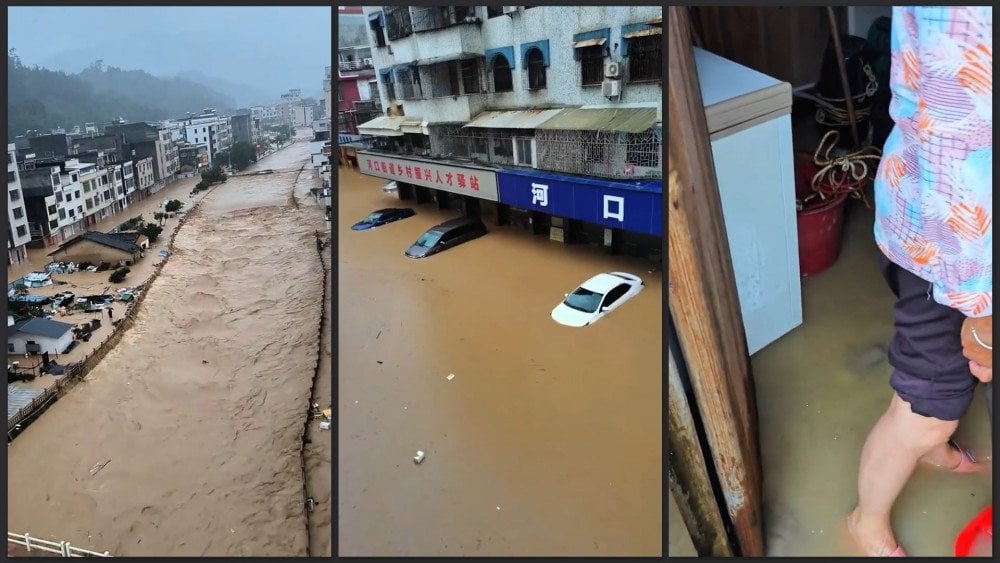
China suffered from flooding caused by Typhoon Wutip—water inundated cities and residential houses
On the night of June 13, it struck the coast of the city of Dongfang in Hainan Province with the force of a tropical storm.
In the Sanya district, Hainan Island, 664.8 mm (26.2 in) of precipitation fell.
And during the day on June 14, Wutip made landfall again, this time in Guangdong Province, causing extremely heavy rains.
On 83 rivers across the country, the water level rose above critical marks.
After the rains and flooding, landslides and mudslides followed. On the night of June 14, a landslide occurred in the village of Shapo, Luchuan County, Guangxi Province. Unfortunately, three people were buried by the earth and died.
Experts noted that this year the first typhoon formed in June, which is 2.5 months later than usual.
According to the Central Meteorological Observatory, the average date for the first typhoon of the season is March 25. But for the territory of China, Wutip was considered relatively early, since statistically the average landfall of the “first typhoon” happens on June 27.
In Vietnam, although the typhoon did not reach the country’s shores, its western periphery brought torrential rains from June 11 to 13 in the central provinces.
On June 12 in Bach Ma National Park, Thua Thien Hue Province, 884 mm (34.8 in) of precipitation fell in just one day, a record since 1976.
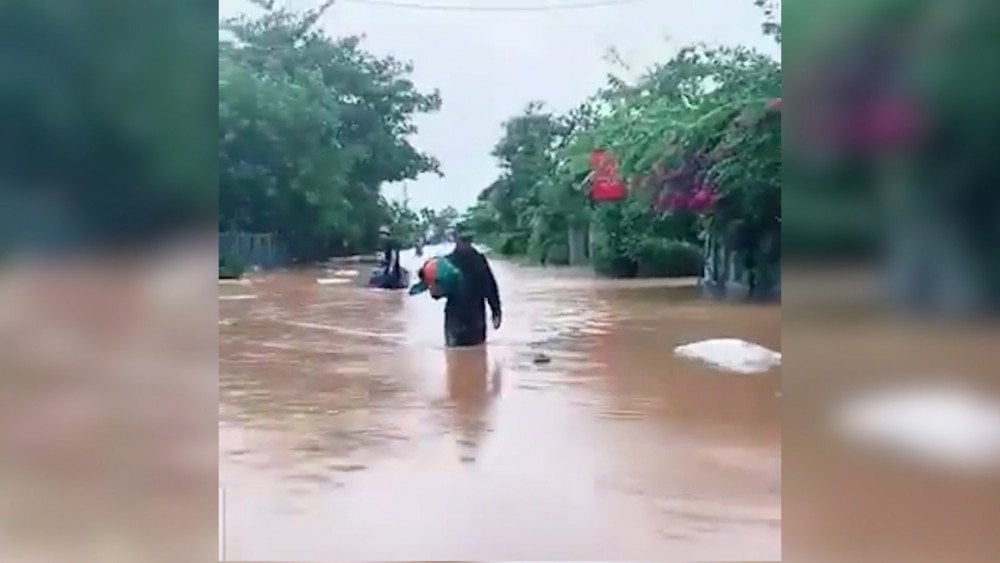
Typhoon Wutip triggered large-scale flooding in Vietnam
And some weather stations recorded more than 300 mm (11.8 in) of rain in just six hours.
According to the National Center for Hydro-Meteorological Forecasting of Vietnam, the water levels in rivers in the central region became the highest for June in the past 30 years.
More than 3,500 houses and 88,000 ha (217,000 acres) of fields were flooded. Dozens of sections of national and provincial highways were washed out and submerged. Unfortunately, the floods led to the deaths of 11 people (as of June 14).
In Thailand, the tropical storm Wutip also did not make direct landfall, but brought torrential rains and strong winds to the country, causing damage in several provinces: Yasothon, Sakon Nakhon, and Trat.
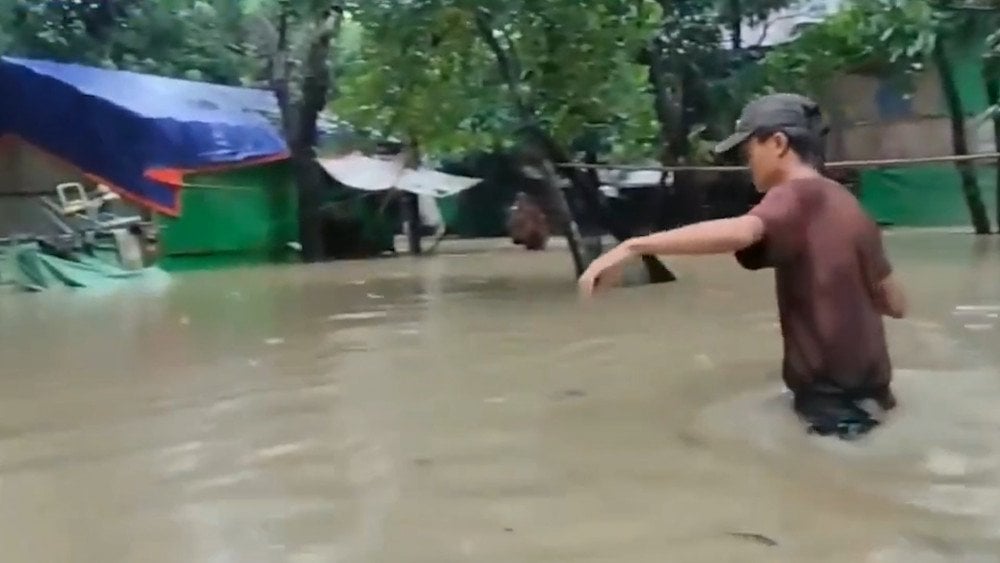
Thailand suffered flooding after downpours brought by tropical storm Wutip
Since June 12, the downpours have led to soil erosion and road destruction. In many homes, walls collapsed, and floodwaters inundated residential areas. Flash floods caused serious damage to agricultural land and farms.
On June 14, a tragedy occurred in the village of Khlong On, Bo Rai District, Trat Province: during a severe storm, a tree fell on a house and completely destroyed it. Inside was a 10-year-old boy who died under the rubble.
Laos and Cambodia were also affected by the tropical storm Wutip. Three days of heavy rain triggered widespread flooding that submerged homes and fields, while many roads were washed out and became impassable.
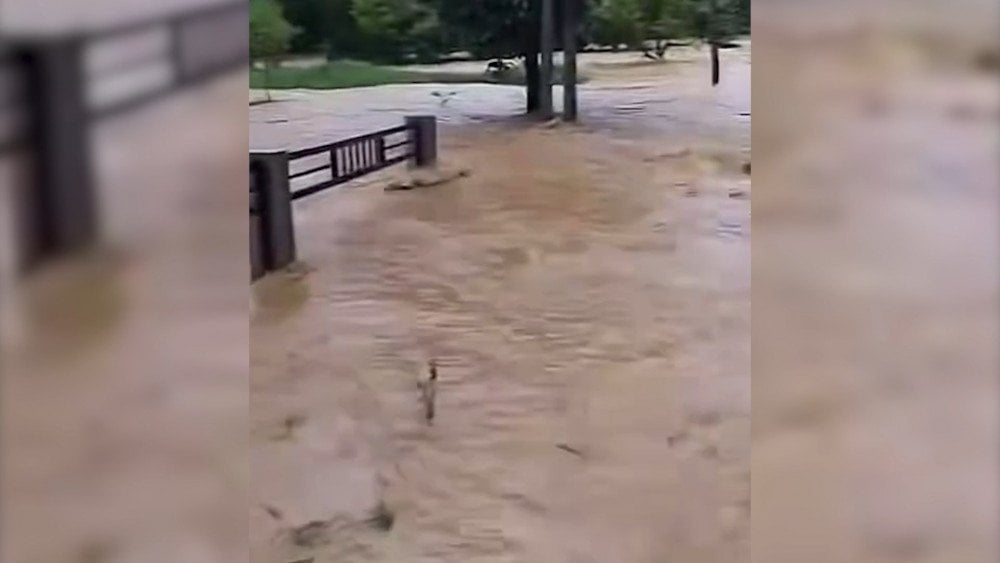
Tropical storm Wutip triggered severe flooding in Cambodia
Why are natural disasters increasing so rapidly now? The primary reason is an astronomical cycle that the Solar System enters every 12,000 years. During this period, all its objects—including Earth and even the Sun—receive additional energy from external cosmic influence.
This excess energy further heats the core of our planet, intensifying the movement of molten material in the interior. As a result, magma actively ascends, tectonic and volcanic activity increases, oceans overheat, and the atmosphere becomes more humid and unstable.
All this triggers a chain reaction—hence the earthquakes, weather anomalies, and sudden climatic shifts we encounter more frequently.
Many of these phenomena are new to humanity, and modern science struggles to respond promptly to their scale and rapid growth.
We are facing processes never seen before, which means new approaches are needed. Only consolidation of knowledge and efforts worldwide can help find real solutions. Science must quickly adapt and adequately respond to these new challenges.
The first steps have already been taken: methods and technical solutions proposed by the ALLATRA scientific community and tested in Siberia have proven effective and could, in the coming years, help mitigate and stabilize the increase of climate disasters on the planet.
However, it is up to people whether these technologies will be widely implemented for the benefit of all humanity.
Watch the video version of this article here:
Leave a comment